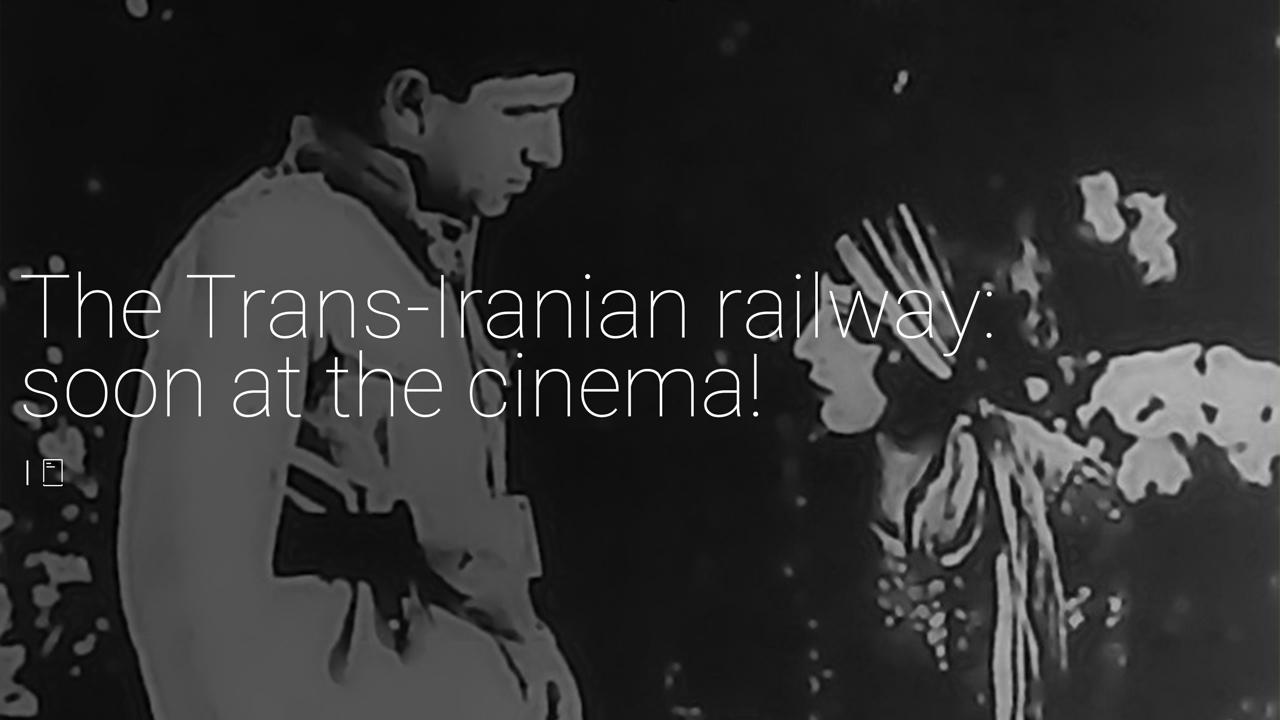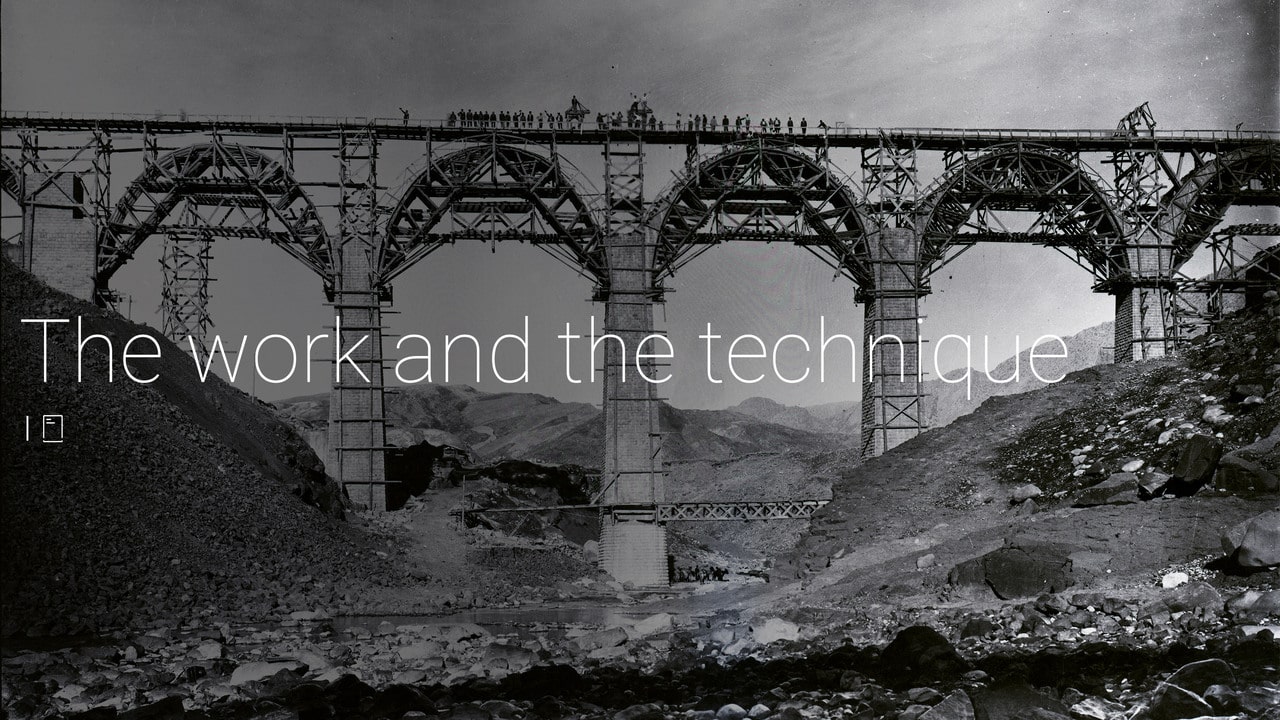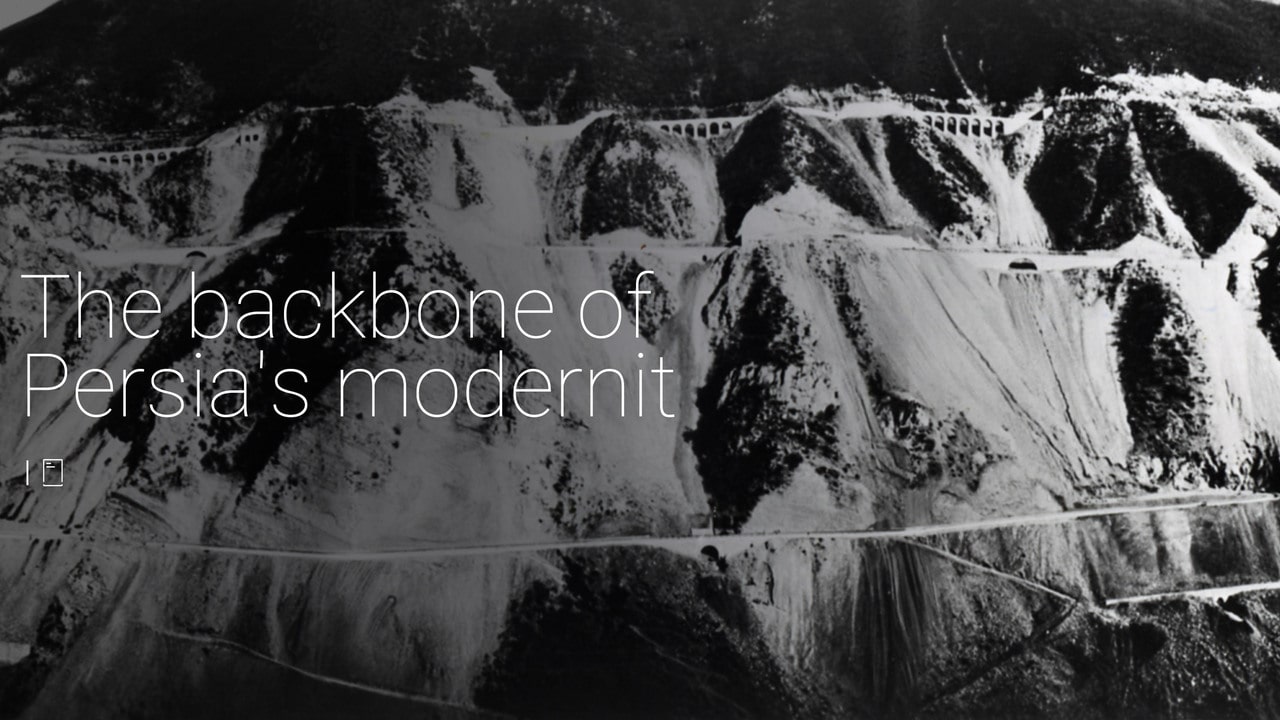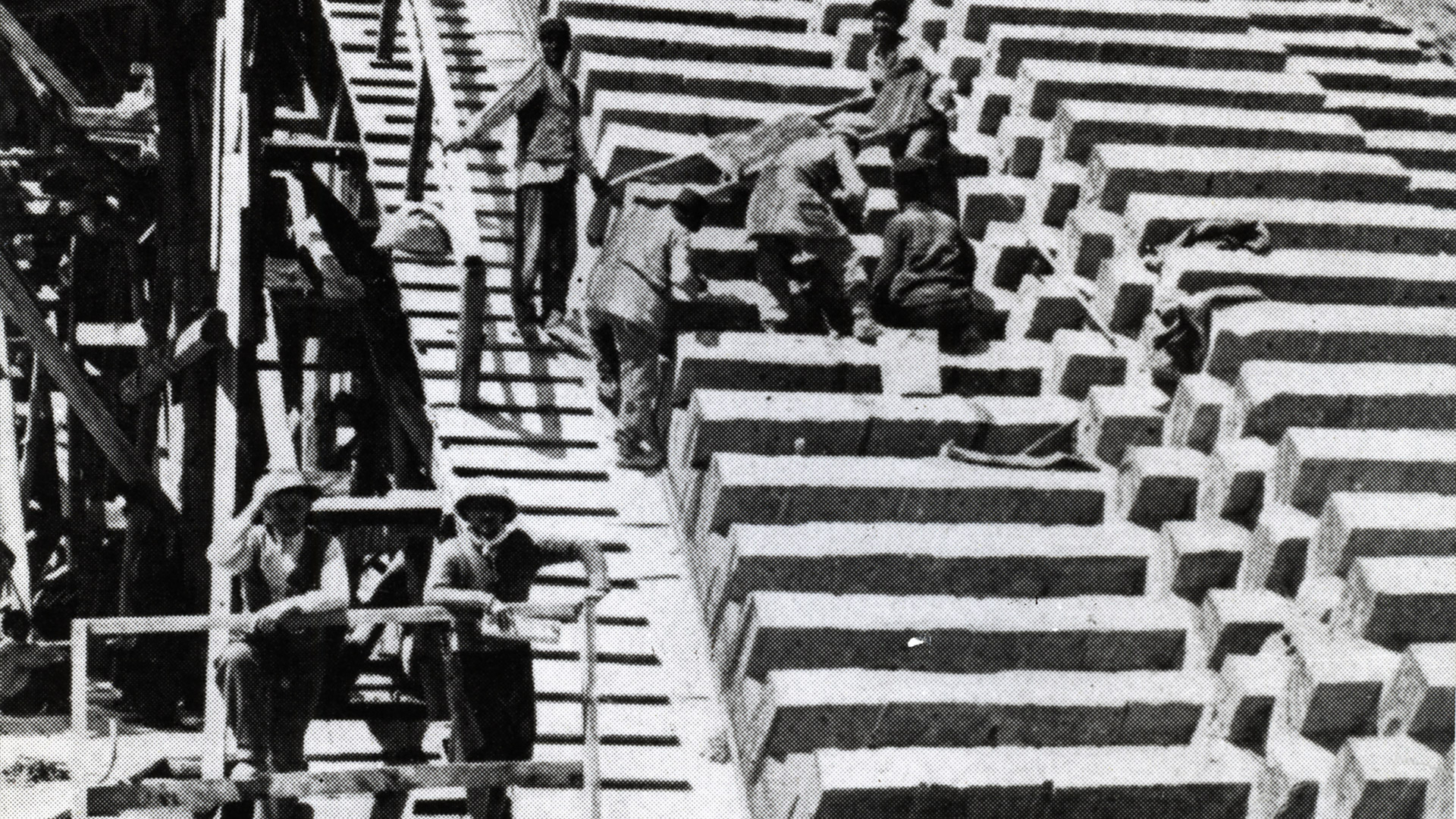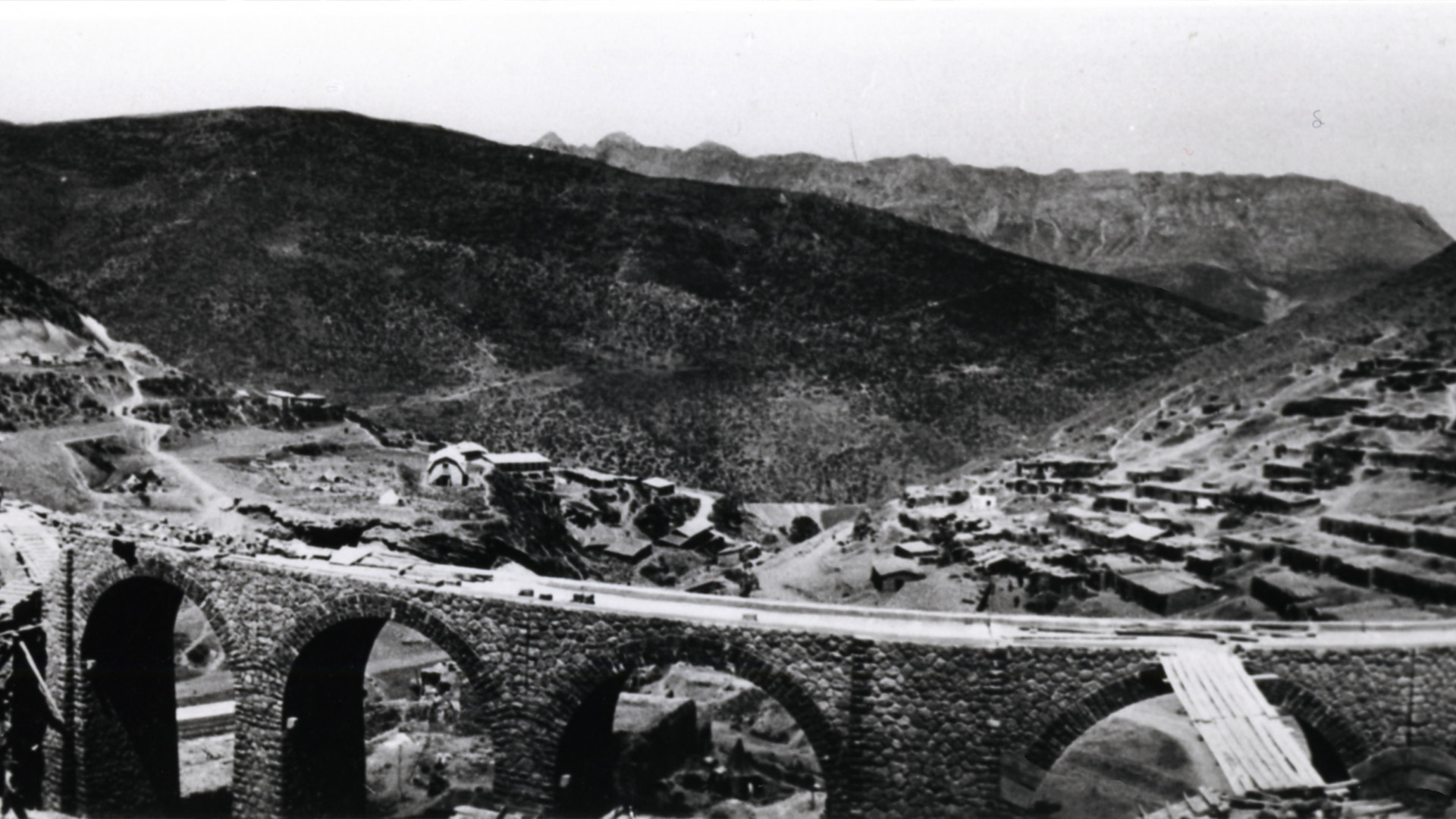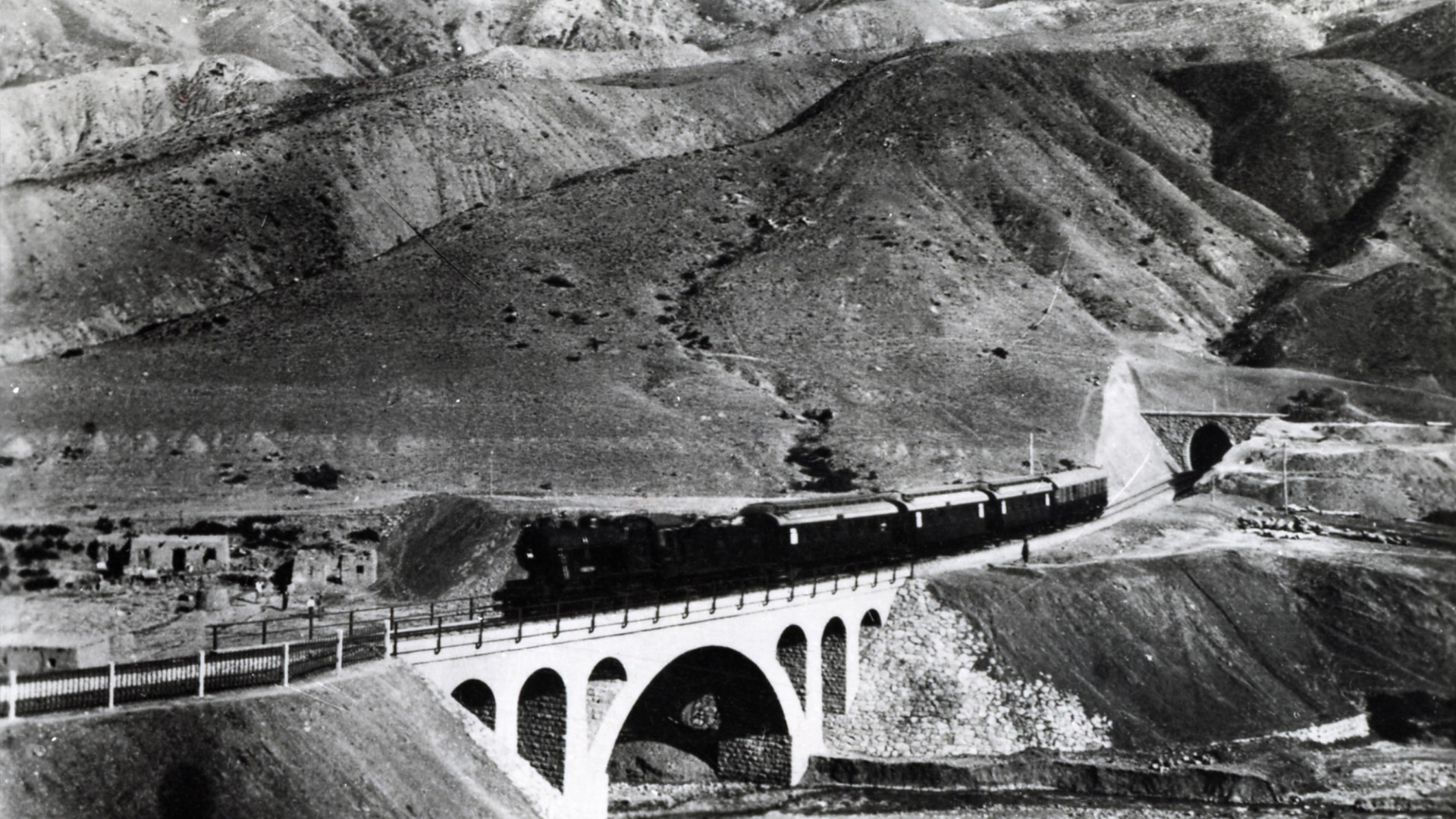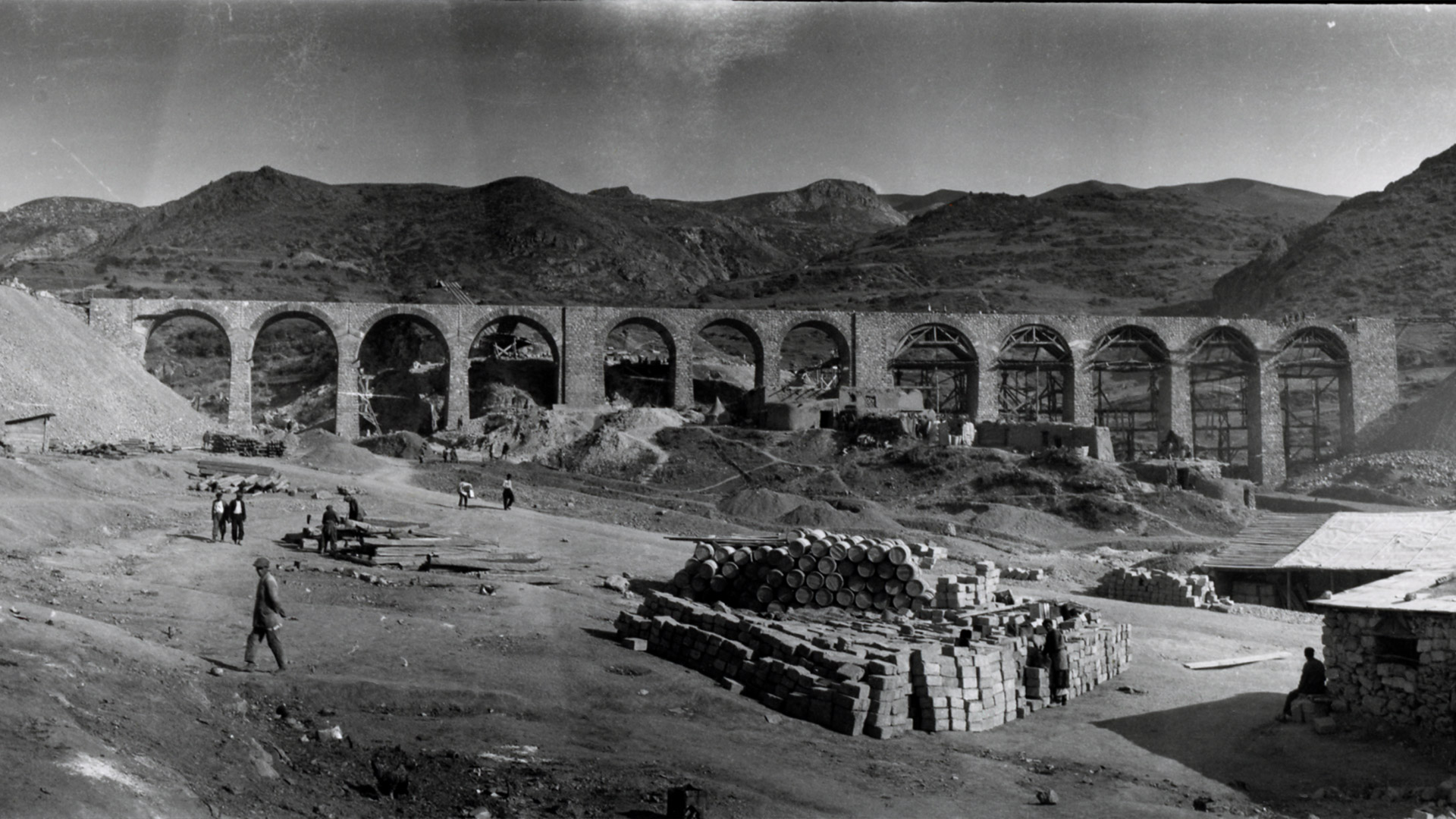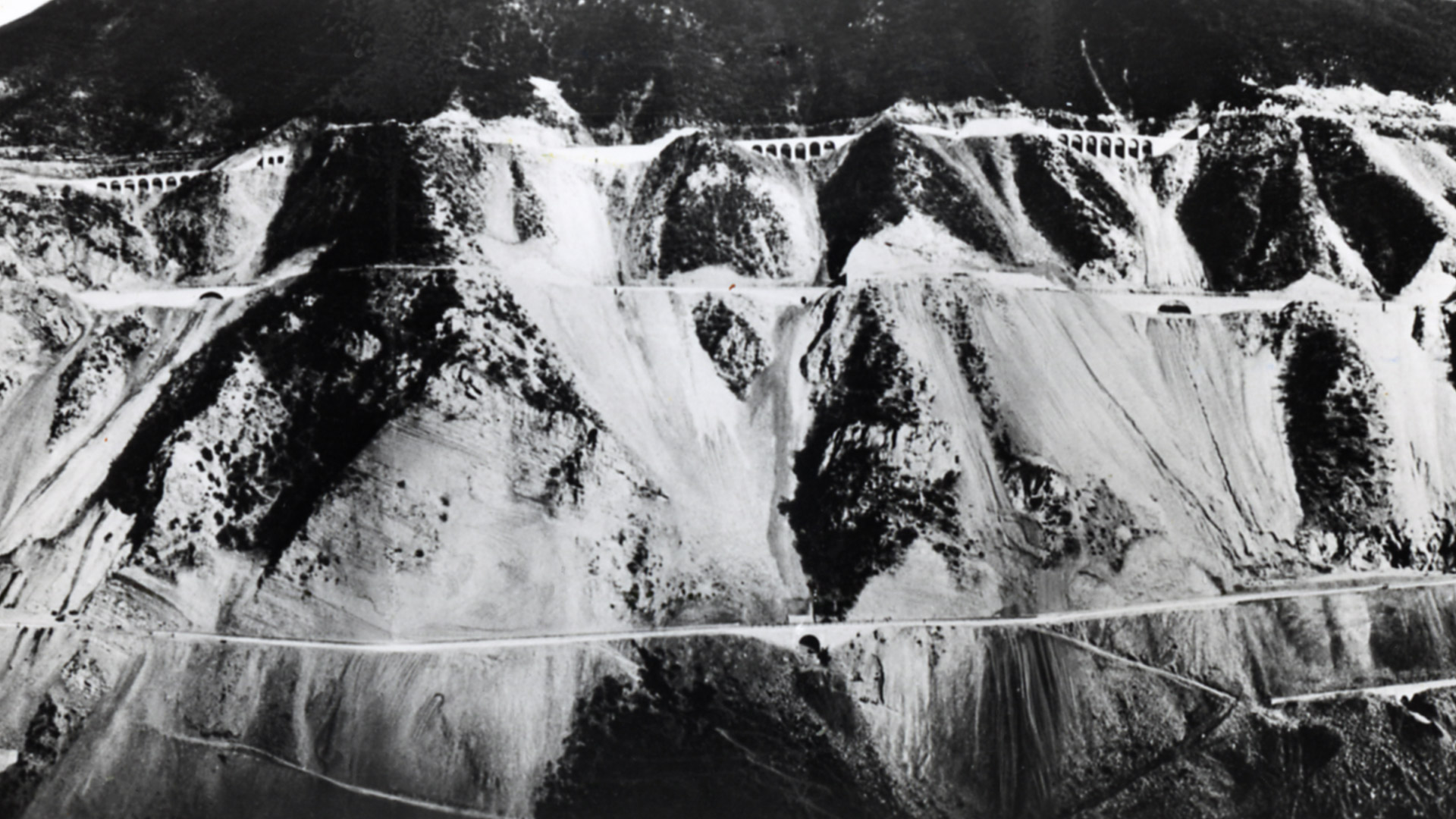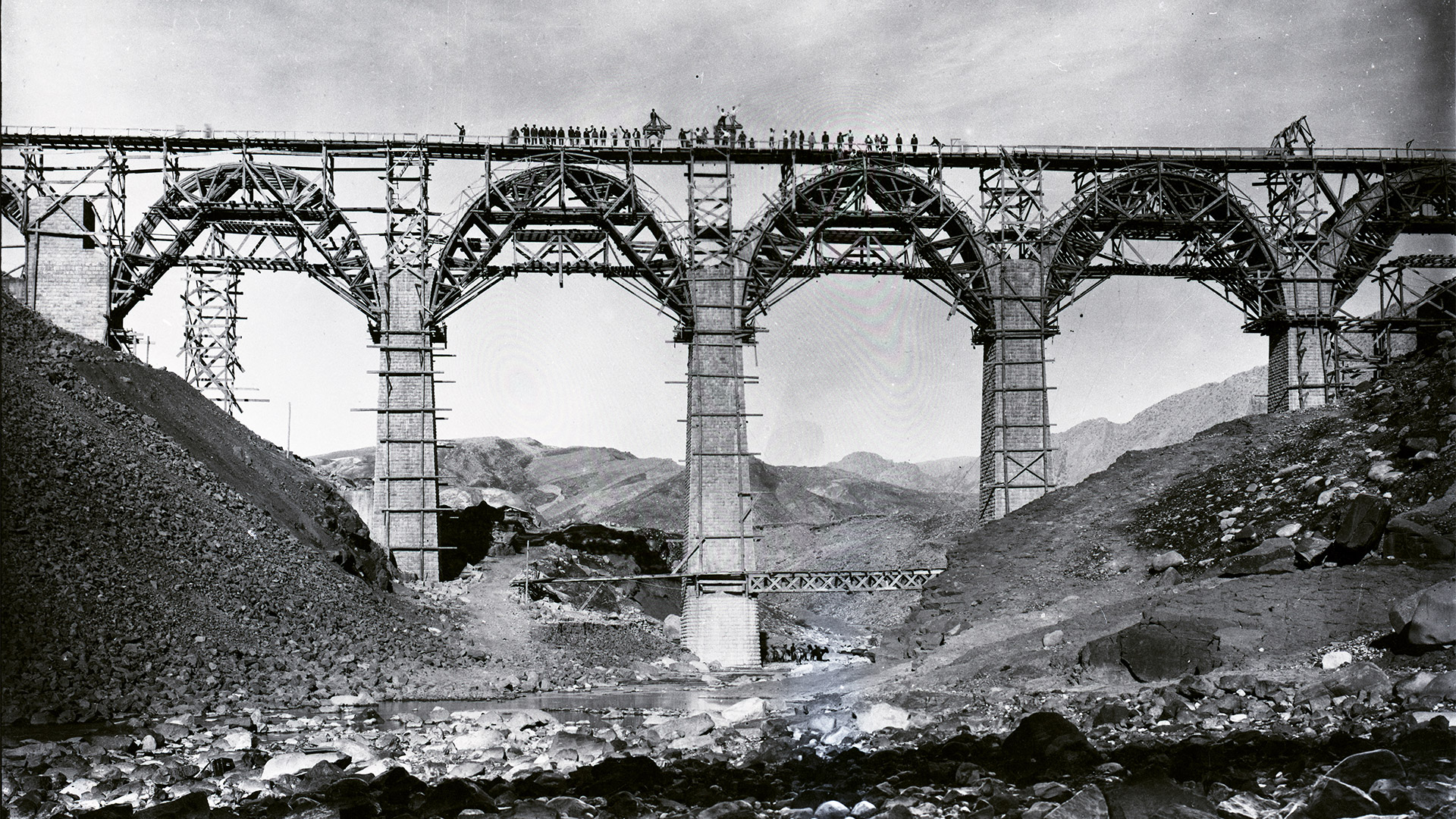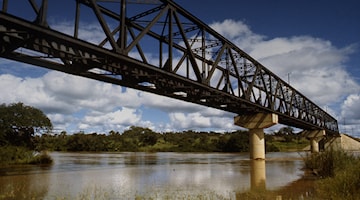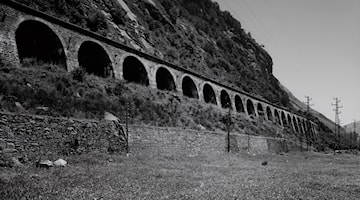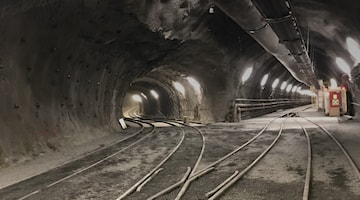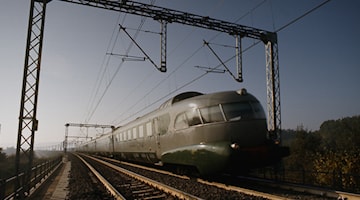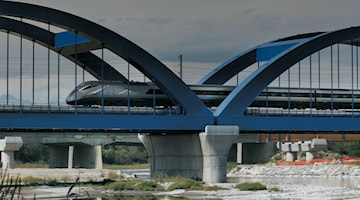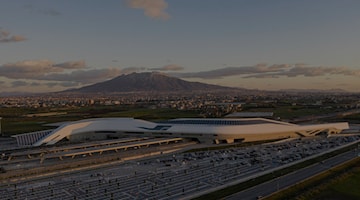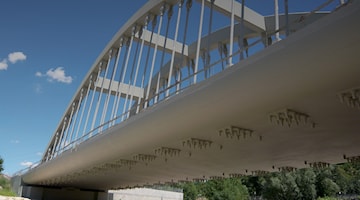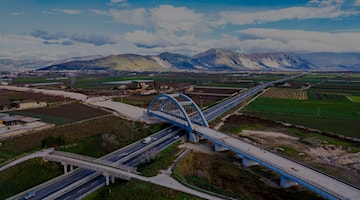A train for the Future
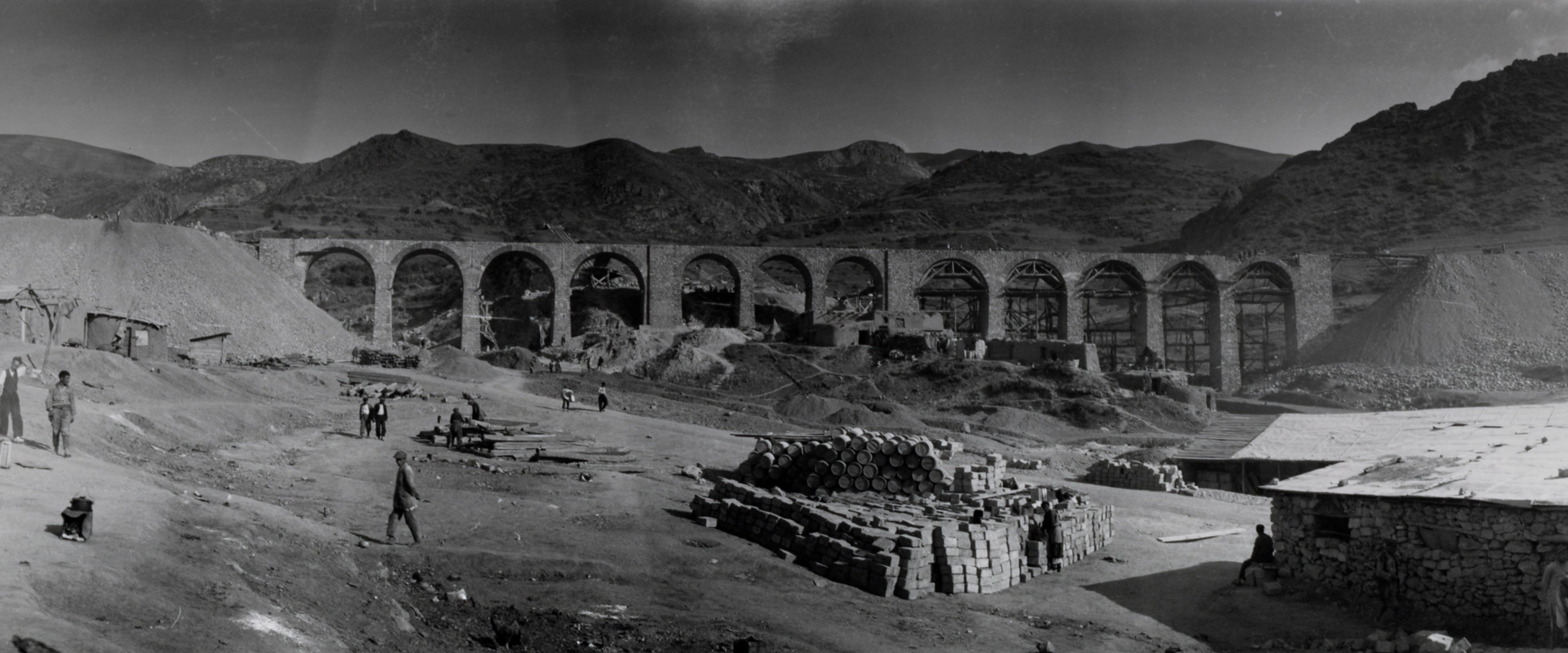
TRANS-IRANIAN RAILWAY, IRAN
An acute whistle sound and a cloud of white smoke bring Persia back to the glories of Darius the great. This is the image with which Robert Byron, the most famous English travel writer, in 1932-33, described the country's most important railway, the Transiranian, in his book "The Road to Oxiana". It was built beginning in 1927 by Reza Shah Pahlavi, father of Mohammad Reza Pahlavi, the last shah of Persia (which became Iran in 1934), second husband of the legendary Soraya, repudiated for her inability to have children, who after her divorce became a film icon of the Dolce Vita era.
This visionary rail infrastructure, which, today, still, is considered Iran's main driver for its economic growth, connects the country's capital, Teheran to Bandar-e Emam Khomeyni (on the Persian Gulf) and Bandar Torkaman (on the Caspian Sea), extending for 1,400 km in length. The original route was 300 km long. It went from Bandar Shahpur to Bandar Shah, and is part of the Unesco World Heritage since 2021. It was built between 1927 and 1938, and was totally financed through local taxes, for which many farmers renounced to the "luxury" goods of sugar and tea.
The Trans-Iranian railway is an engineering masterpiece that, by drawing a line in the middle of the country also, for the very first time, united it. It includes 360 bridges, 224 tunnels and 11 spiral tunnels. It crosses malarial swamps, mountains, tablelands, valleys, deserts and other two UNESCO sites: the hydraulic system of Shushtar (5th century B.C.) and the ruins of the holy city of the Kingdom of Elam (1250 B.C.).
By the way, Iran, — ranked 21st in global GDP in 2023 according to the International Monetary Fund — is among the top 10 countries in terms of historical and natural heritage, with 26 UNESCO World Heritage sites.
Persia, thanks to Trans-Iranian railway, managed to carry out one of the largest modernisation processes. Persians, in fact, progressively left behind centuries of tribal, nomad culture to settle permanently in cities, where soon the most important industries of the country began to be located.

THE WORK AND THE TECHNIQUE
KM DISTANCE COVERED
KM OVERALL LENGTH OF THE LOTS
TUNNELS FOR 17 KM (OVERALL DEVELOPMENT)
KM VIADUCTS AND BRIDGES (OVERALL DEVELOPMENT)
M³ ROCK EXCAVATIONS IN THE OPEN
M³ EXCAVATIONS FOR TUNNELS
M³ TUNNEL MASONRY WORKS
M³ RETAINING WALLS, VIADUCTS AND BRIDGES
Government of Iran
43 companies among which Impresit, which then began part of the Group known today as Webuild, with Angiolini Balocca sa (lots 3-6-7) and with Mottura Zaccheo Iran sa (lots 9-10)
In 1925, when the project was approved, no single construction company could build the entire railway route alone; this is why the work was divided into lots, five of which were awarded to Impresit, which then began part of the Group known today as Webuild. These were the most complex lots to carry out.
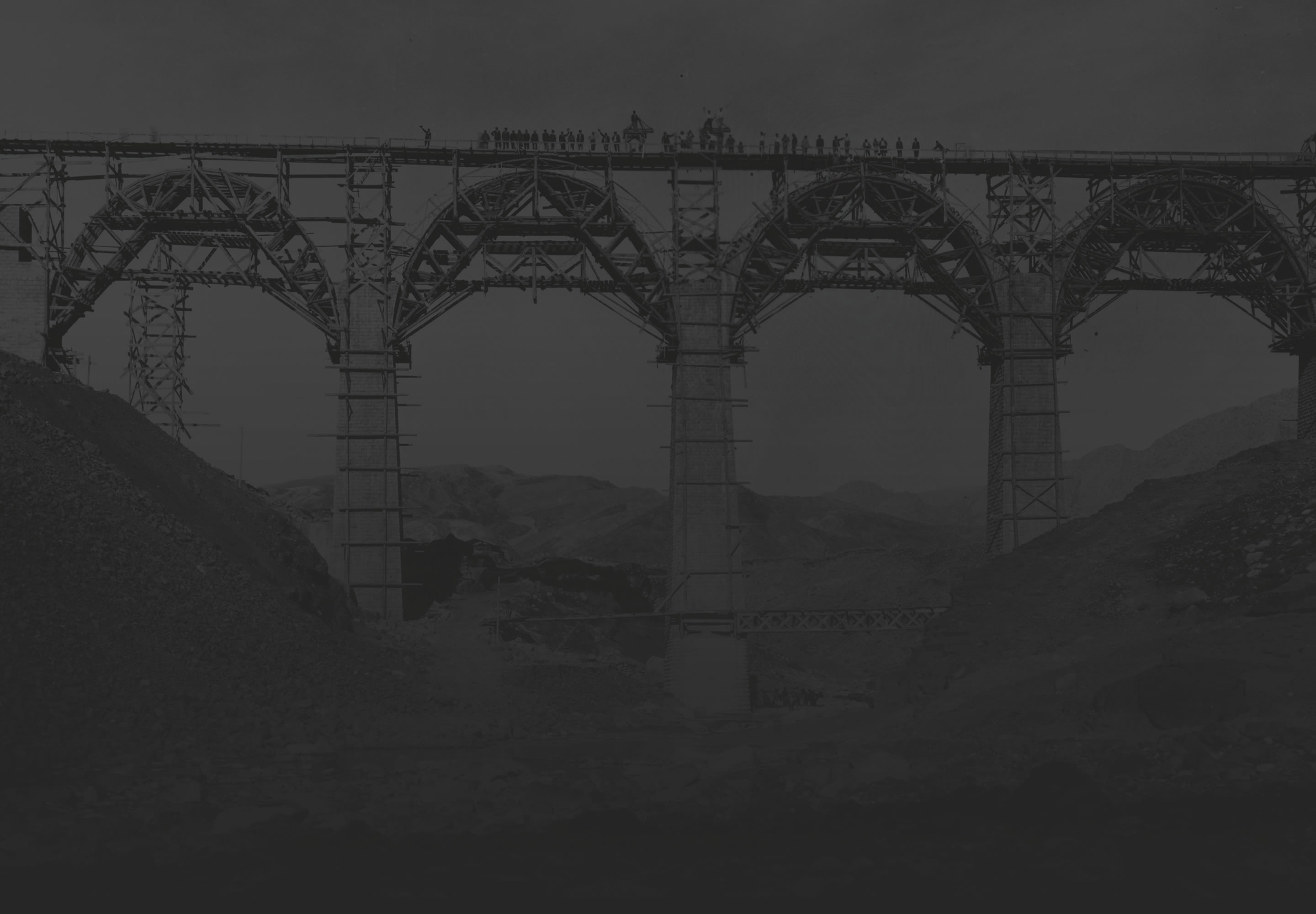
CULTURAL INSIGHTS
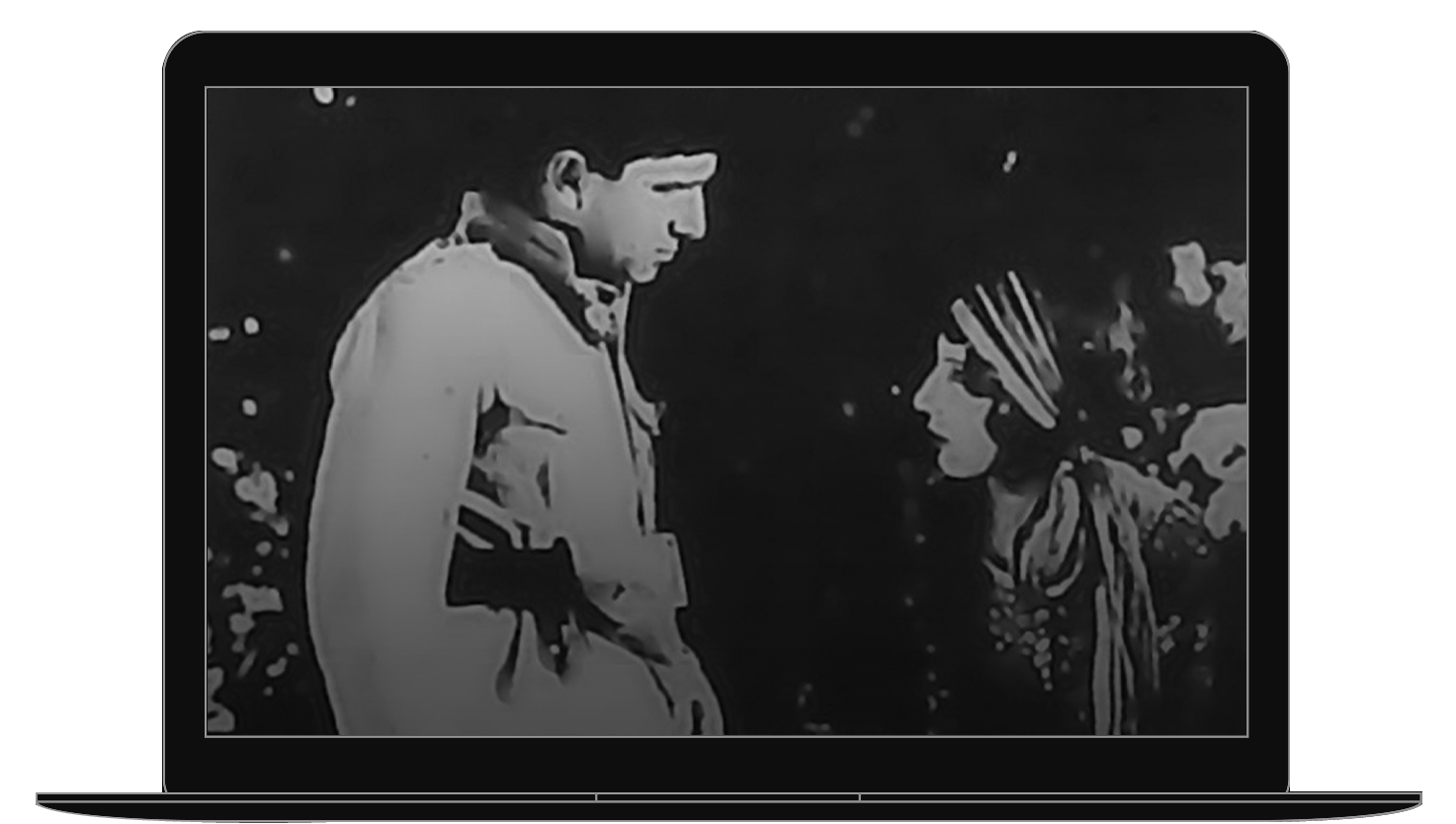
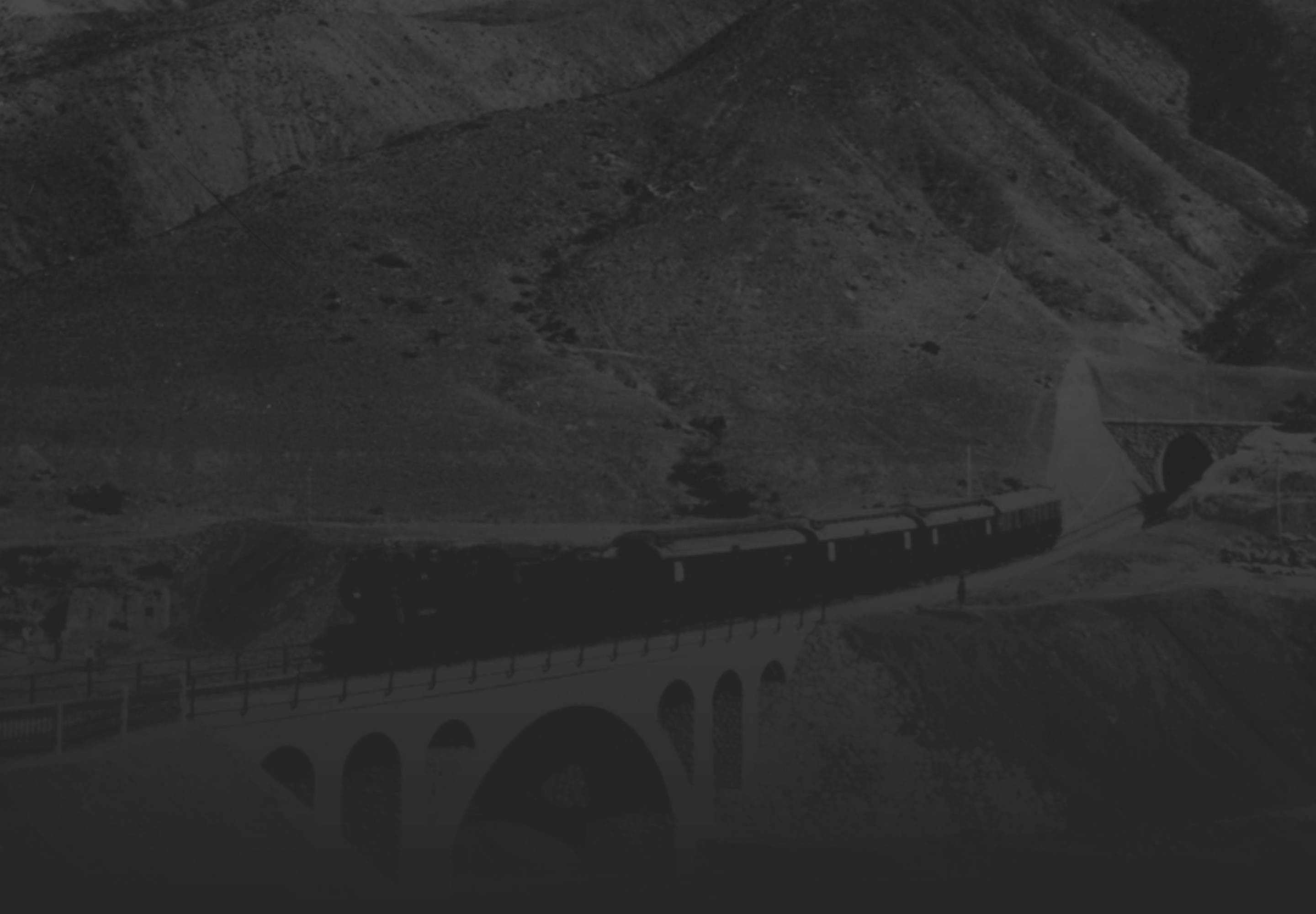
The backbone of Persia's modernity
The Trans-Iranian railway contributed, drastically, to develop Iran during the 20th century.
The country's industrialization process developed along the railway axis: following the WW2, the railway network was extended and ramified to connect to other urban centres.
Many of the main road arteries were created to connect to the rail nodes, also favouring mass urbanisation processes, leaving behind the traditional nomadic culture of Persian tribes.
You could also be interested in






